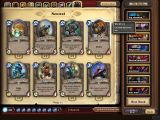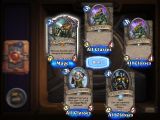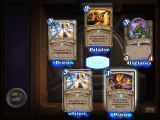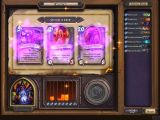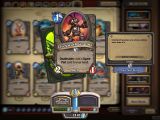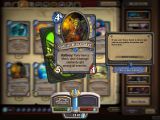Next up in our Softpedia Game of the Year 2014 awards series is the runner-up of the Best Concept category, Blizzard Entertainment's Hearthstone.
Hearthstone went live earlier this year in March, after spending quite some time in beta. It was an unusual move for Blizzard, a video game with a very small scope and a tiny development team, that came in stark contrast with the way things used to be done.
Blizzard usually assembles an army of developers that start toiling away at a monumental project, but Hearthstone was designed to be more bite-sized.
The game is a purely virtual collectible card game, available as a free-to-play title, and has a seemingly perfect balance between fun and difficulty.
The best thing that Hearthstone has going for it is that it's strategic but very easy to grasp and play, with a simplified interface and gameplay flow that make it ideal for both casual and more serious gamers.
One of the problems a game like Magic: The Gathering has is that its extensive rules are pretty hard to understand, and you can ask anyone who has ever tried to apply for the position of rules advisor or judge all about it.
The flow of the game enables opponents to interrupt each other's turn at almost any time to play spells or use abilities, which makes for some really exciting mechanics and card interactions going much deeper than in Hearthstone, but also makes for a poor online experience.
There have been other people trying to take advantage of the particularities of a digital-only card game, namely the makers of Hex, Cryptozoic Entertainment, but that game is still a bit too complex to catch on with mainstream audiences.
That, however, is not the case with Hearthstone. Blizzard has done away with resource management, streamlining its gameplay systems so that you don't have too many awkward or unclear interactions between cards, and there is nothing you can do during your opponent's turn.
At first, this seemed to me like a stupid move, as World of Warcraft Trading Card Game was basically a sort of easy mode for Magic: The Gathering, and that meant that Hearthstone would be simpler still, and therefore less fun.
However, upon trying out the game and seeing its massive impact, I can perfectly understand what the team was aiming for. The game caught on like wildfire and is now generating a ton of revenue for Blizzard.
This is mainly due to the elegance of its simple but robust systems.
It's easy to pick up and play, it doesn't have an overly complicated interface like Magic Online has, and playing a game is as simple as clicking play and selecting a deck.
It's built around ease of use and accessibility, and there is no point where you are wondering what to do next. You either make a deck, play one you already have, play in the arena or quit and do something else.
It's also more fun to watch, as the action is pretty fast and games tend to take anywhere from 3 to 10 minutes, rarely stretching to 15 minutes, as opposed to Magic: The Gathering's control versus control matches, that can easily stretch to 45 minutes or more.
Easy-going but still challenging
There aren't too many subtleties when playing it, it's mostly a straightforward deal. On top of that, there are also a ton of situations when blind luck is a huge factor, which is pretty much the scourge of any serious card gamer.
I can't remember the number of times where land drought or flood did me in when playing Magic: The Gathering, or the number of times I lost twice as many troops than my opponent when playing Risk due to rolling bad dice, and I absolutely hate stuff that you have no control over.
But this is where Hearthstone gets it right. There are tons of ways to eliminate the luck of the draw factor. Aside from the few situations where you need a specific card or you're dead, there are many things you can do to control the flow of the game and where those random numbers land.
And the biggest proof for that is that the recently released Goblins vs Gnomes expansion has precisely that theme, adding a bunch of random card effects, and it has not completely broken the meta.
Some of the good cards made their way into the top decks and even introduced a few new strategies, mainly based on mech rushes, due to some pretty strong tribal interactions.
The previous expansion, The Curse of Naxxramas: A Hearthstone Adventure, introduced a similar tribal interaction between cards sporting deathrattle effects (triggered on death), creating some pretty powerful aggro decks.
The good thing about such interactions is that they introduce some new decks whenever an expansion hits, but the bad thing is that they reduce the usability of individual cards, unless their effects are potent on their own.
Granted, it's not as bad as Magic: The Gathering's Lorwyn block was, as many of the thematic cards struggled to find a place outside tribal decks, and it's going to be interesting to see how things evolve from now on.
If you want to learn more, you can read our review of Hearthstone: Goblins vs Gnomes.
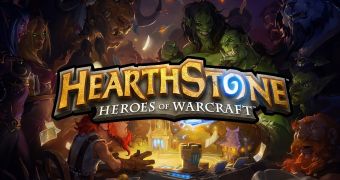
 14 DAY TRIAL //
14 DAY TRIAL // 
